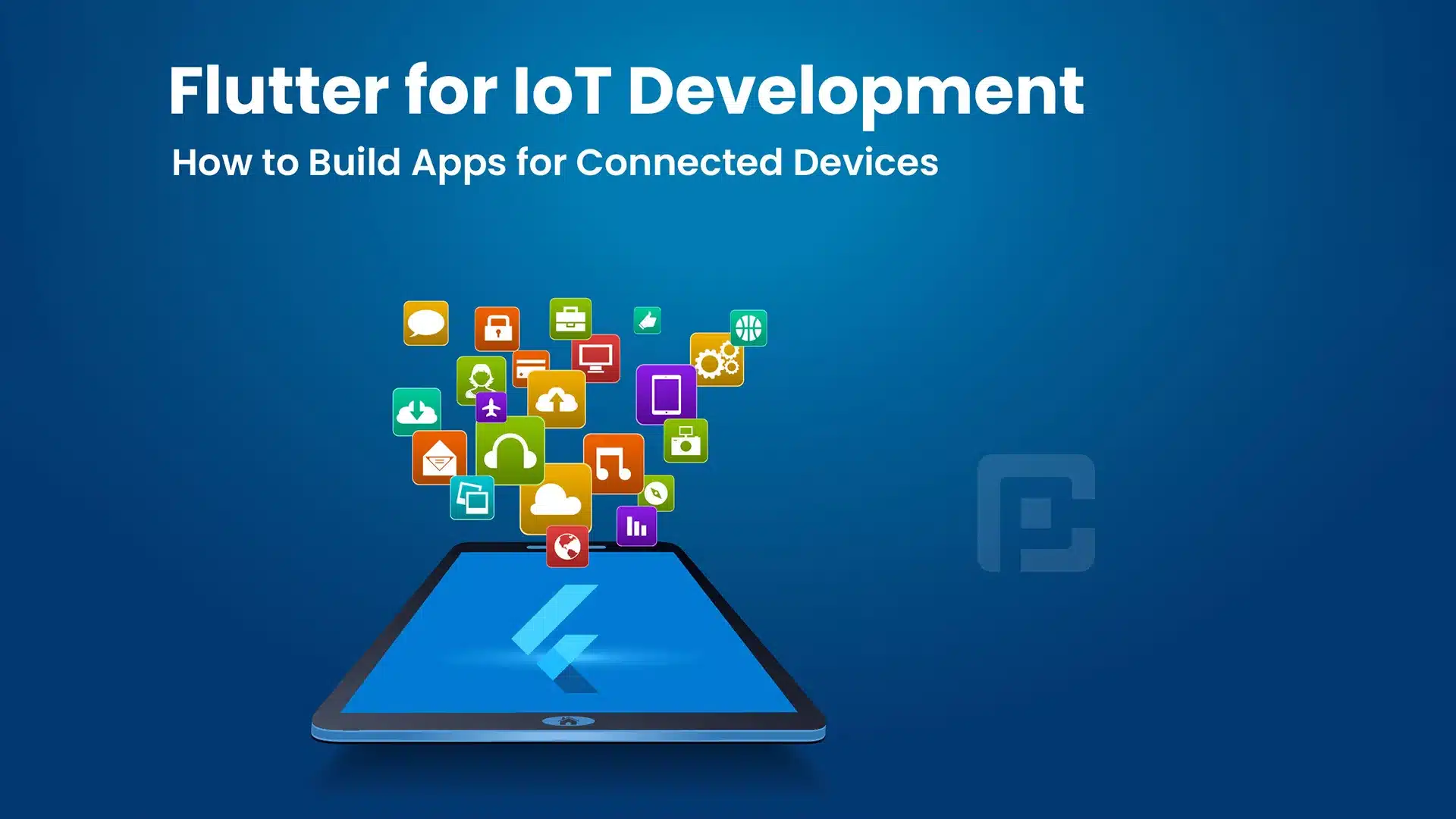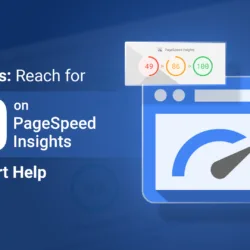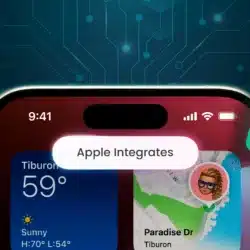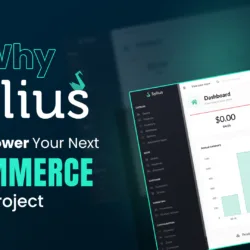Flutter for IoT Development

29 June
In the era of the Internet of Things (IoT), where interconnected devices play a significant role in our daily lives, the need for powerful and efficient app development frameworks has become paramount. Flutter, an open-source UI framework developed by Google, offers a versatile solution for creating applications that can seamlessly connect with IoT devices. In this article, we will explore how Flutter can be used for IoT development, focusing on building apps for connected devices that are also SEO friendly.
Understanding Flutter for IoT Development
Flutter is widely known for its ability to build beautiful and high-performance mobile and web applications. However, its potential extends beyond these realms, making it a suitable choice for IoT development. By leveraging Flutter’s cross-platform capabilities and extensive widget library, developers can create apps that can interface with various IoT devices and provide a seamless user experience.
Advantages of Using Flutter for IoT Development
- Cross-platform development: Flutter allows developers to create apps for multiple platforms, including mobile, web, and desktop, using a single codebase. This capability significantly reduces development time and effort, as the same codebase can be used to target different devices and operating systems.
- Rapid prototyping and development: Flutter’s hot reload feature enables developers to instantly see the changes they make in their code, facilitating quick iterations and rapid prototyping. This feature is particularly useful in IoT development, where continuous testing and refinement are crucial.
- Responsive and visually appealing UI: Flutter provides a rich set of customizable widgets and a flexible layout system, enabling developers to create visually stunning and responsive user interfaces for IoT apps. The framework’s emphasis on delivering a native-like experience across platforms ensures that the user interface remains consistent and engaging.
- Connectivity with IoT devices: Flutter’s robust networking capabilities and support for popular protocols, such as MQTT and HTTP, allow developers to establish seamless connections with IoT devices. Whether it’s controlling smart home devices, accessing sensor data, or managing IoT gateways, Flutter provides the necessary tools to interact with IoT ecosystems.
- SEO friendly: While building apps for connected devices, optimizing them for search engine visibility is often overlooked. However, Flutter offers features and techniques to ensure that your IoT apps are SEO friendly, allowing them to gain maximum visibility in search engine results.
Building Flutter Apps for Connected Devices
To build Flutter apps for IoT, follow these steps:
- Set up your Flutter environment: Install Flutter and the Dart SDK on your development machine. Set up the necessary dependencies for IoT development, such as libraries for network communication and IoT protocols.
- Choose the IoT platform: Identify the IoT platform or ecosystem you will be targeting with your app. Whether it’s popular platforms like Google Home, Amazon Alexa, or custom IoT systems, ensure that you have the necessary documentation and development tools for integration.
- Design the user interface: Use Flutter’s widget library to design the user interface of your IoT app. Consider the unique requirements of connected devices, such as varying screen sizes and input methods, while creating an intuitive and responsive UI.
- Establish connectivity with IoT devices: Utilize Flutter’s networking capabilities and supported IoT protocols to establish communication with the IoT devices or gateways. Implement necessary authentication and encryption measures to ensure secure data transfer.
- Implement IoT functionalities: Develop the core functionalities of your IoT app, such as device control, data visualization, and real-time updates. Leverage Flutter’s reactive programming model to handle events and updates from IoT devices efficiently.
- Test and iterate: Test your app extensively to ensure proper connectivity and functionality with IoT devices. Use Flutter’s hot reload feature to quickly iterate and refine your code as necessary.
- Optimize for SEO: To make your IoT app SEO friendly, ensure that it has proper metadata, relevant keywords and descriptive content. Consider implementing structured data markup to enhance search engine visibility.
- Deploy your app: Depending on the target platform, package your Flutter app for distribution. If your app integrates with existing IoT platforms, follow their respective deployment guidelines. Otherwise, consider publishing your app on app stores or distributing it directly to users.
Conclusion
Flutter’s versatility and powerful features make it a compelling choice for IoT development. By leveraging Flutter’s cross-platform capabilities, developers can create visually appealing and performant apps that seamlessly connect with connected devices. With Flutter’s support for rapid prototyping and SEO-friendly features, developers can build IoT apps that offer a seamless user experience and gain maximum visibility in search engine results. So, if you are embarking on an IoT development journey, consider using Flutter and unlock its potential for building connected device applications.





